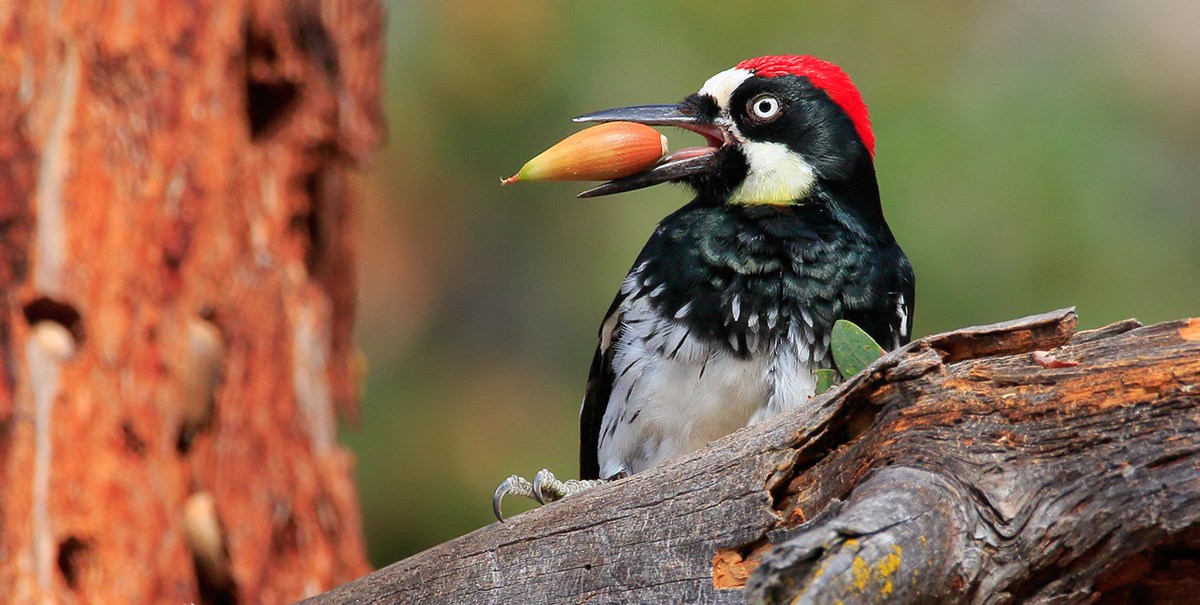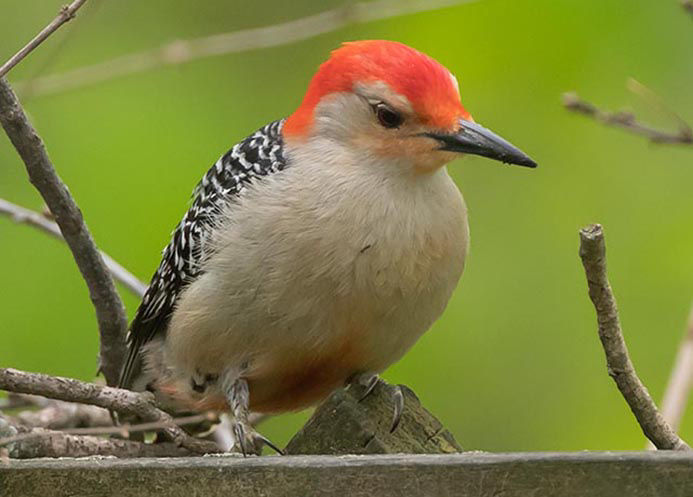Discover the Interesting World of Woodpeckers: Every Little Thing You Required to Know
The world of woodpeckers is a world full of unique actions, complex adaptations, and a varied range of varieties. From their habitats and distribution patterns to their feeding routines and specialized anatomical attributes, woodpeckers have long mesmerized the passion of ornithologists and nature lovers alike. Recognizing the ins and outs of these fascinating birds supplies a glance into the intricate interplay in between their biology and the environment. As we check out the globe of woodpeckers even more, we reveal a wealth of details that clarifies their relevance in communities and the obstacles they face in an ever-changing world.
Woodpecker Habitats and Distribution
In North America, for example, woodpeckers can be spotted in both coniferous and deciduous woodlands, using their strong beaks to forage for insects and develop nesting dental caries in trees. In Africa, particular woodpecker types have adjusted to arid environments, such as the acacia timberlands, where they play a vital function in controlling insect populaces.

Feeding Behaviors and Diet Plan
Woodpeckers use their strong beaks to pierce right into the bark of trees, probing for insects and larvae concealed underneath the surface area. In enhancement to bugs, woodpeckers likewise consume nuts, seeds, fruits, and sap.
Woodpeckers are known for their drumming actions, which offers not only to communicate with various other woodpeckers however also to situate food. The fast drumming noise is created by the bird pecking on powerful surfaces like dead trees or steel posts. This behavior can bring in bugs hidden in the timber, enabling the woodpecker to spot their visibility and eat them.
Distinct Adjustments for Tree Climbing
In their proficient quest of bugs concealed within tree bark, woodpeckers have actually advanced impressive anatomical features that equip them with unique adaptations for efficient tree climbing. Woodpeckers have strong neck muscle mass and a special skull structure that see take in the effect of continuous pecking, enabling them to climb vertically without causing harm to their brains. These adjustments display the unbelievable transformative layout that makes it possible for woodpeckers to browse trees with precision and effectiveness.
Diverse Woodpecker Species Worldwide
With over 200 different species spread out throughout different environments worldwide, the household of Picidae includes an amazing diversity of woodpeckers. These birds can be located in woodlands, timberlands, savannas, and also metropolitan areas, showcasing their adaptability to different settings. From the famous Northern Flicker in North America to the colorful and evasive Crimson-backed Flameback in Asia, each woodpecker types displays unique characteristics in regards to quill, behavior, and environment choice.
Woodpeckers vary greatly in dimension, with the small Downy Woodpecker measuring around 6-7 inches in size, while the powerful Lineated Woodpecker can rise to 17 inches - Woodpeckers in Florida. Their beaks likewise come in various sizes and shapes, mirroring their feeding routines. Some species concentrate on drawing out insects from tree bark, like the read the full info here Acorn Woodpecker, while others, such as the Black-cheeked Woodpecker, eat fruits and seeds

Preservation Efforts and Challenges
Preservation efforts for woodpecker populaces are critical in minimizing the impact of habitat loss and other threats facing these diverse avian species. Woodpeckers deal with different difficulties to their survival, mostly because of logging, urbanization, climate adjustment, and intrusive species. To deal with these concerns, conservation efforts concentrate on protecting and restoring woodpecker habitats, implementing sustainable forestry techniques, and elevating recognition concerning the relevance of these birds in ecological communities.
One substantial difficulty in woodpecker conservation is the fragmentation of their habitats, leading to separated populaces that are a lot more prone to extinction - Woodpeckers in Florida. Conservationists function to produce wild animals corridors and shielded locations that link these fragmented habitats, allowing woodpeckers to relocate between different areas for feeding, breeding, and shelter

Conclusion
In verdict, woodpeckers are remarkable birds with these details one-of-a-kind adjustments for tree climbing and feeding habits. Additional research and conservation activities are required to make sure the survival of woodpeckers in the wild.
Comments on “Woodpeckers in Florida: Identification Tips and Habitat Preferences”